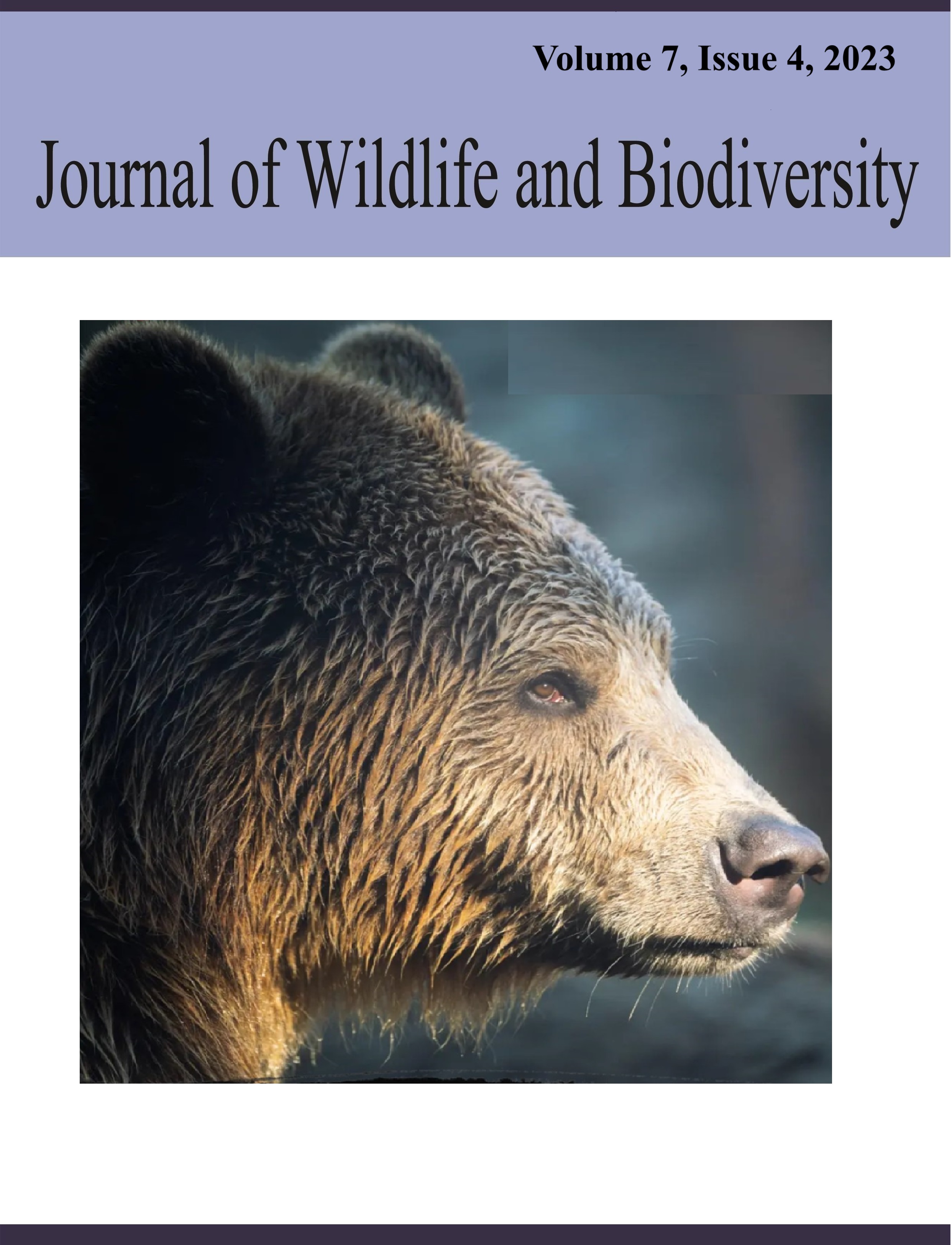Retracted Paper: Potential distribution of the howler monkey (Alouatta palliata) in cocoa agrosystems based on a niche model
Abstract
Retracted Paper
References
Retracted Paper
Downloads
Published
2022-11-13
How to Cite
sanchez diaz, baltazar, Geronimo Torres, J. del C. ., Ríos Rodas, L. ., Fraire Vazquez, A. del R. ., & Solís Silvan, R. . (2022). Retracted Paper: Potential distribution of the howler monkey (Alouatta palliata) in cocoa agrosystems based on a niche model. Journal of Wildlife and Biodiversity, 7(4), 127–142. Retrieved from https://wildlife-biodiversity.com/index.php/jwb/article/view/296
Issue
Section
Original Article
License
Copyright (c) 2022 Journal of Wildlife and Biodiversity

This work is licensed under a Creative Commons Attribution 4.0 International License.


